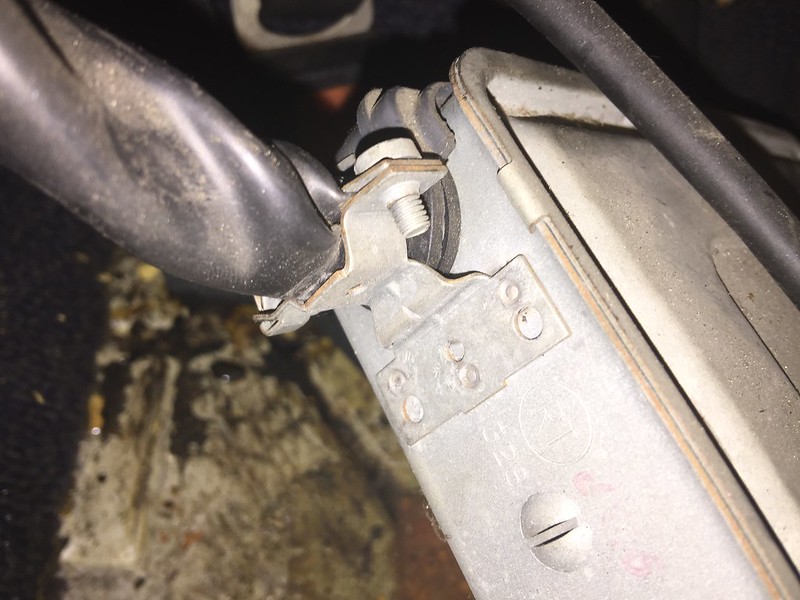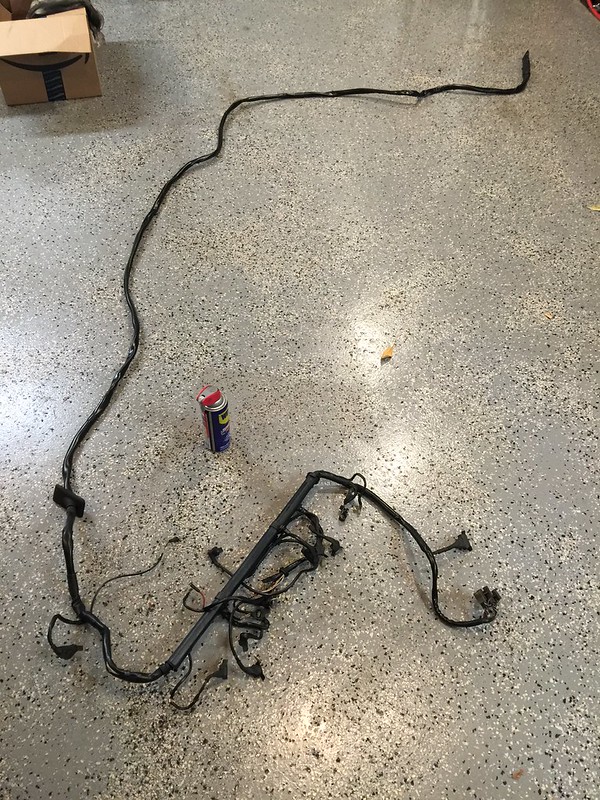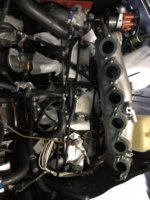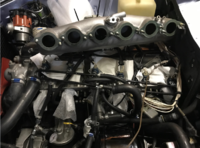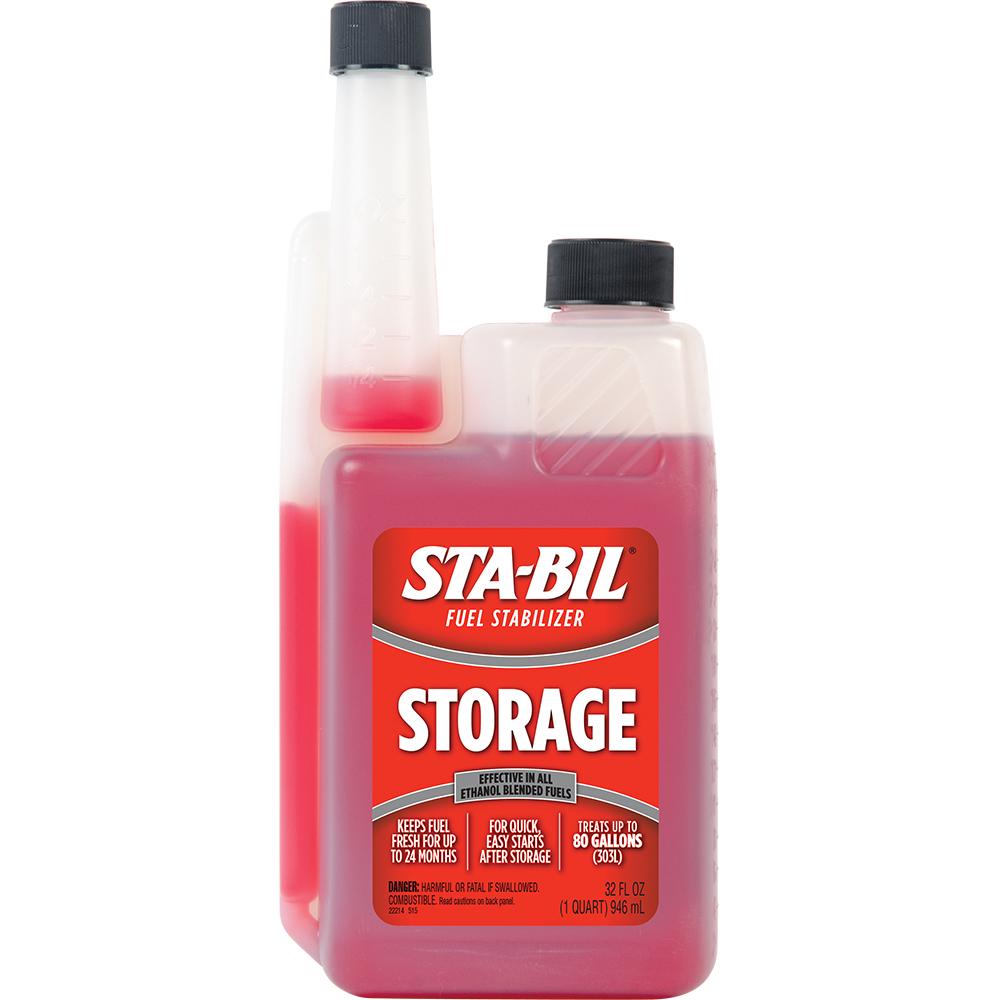Hi All,
I've got a question about my CSi engine. Yesterday I finally was in the position to start my CSi again after 2 years of work (not related to the engine). The car does start, but after let's say 5 seconds it dies. The cold start injector is working fine, because the intake manifold is wet with gasoil. I also put a pressure gauge witin the fuel line and pressure reading is straight at 2 bar pressure. I went through all the steps mentioned on this website: https://oldtimer.tips/en/d-jetronic/troubleshooting and all readings are fine. Got power on my ecu, relais are working, ground checked and ok, cables all in right position, +/- 2.4 ohm on my injectors, etc. Even swopped the ECU with another one, still the same issue. I then did a check on injector #1 by taking it lose from it's support and started the engine. It didn't spray, but I also forgot to connect the ecu connector to the ECU unfortunately . Because I didn't saw any gasoil spray coming from the injector it was clear for me that it had to be something with the distributor (at that moment). So I took it of but later realized that I forgot the ecu connector connecting to the ECU. Nevertheless the injector appeared to be very dry and I already tried several times to get it running. Each time the same, it starts, but dies. So I'm suspecting the ECU does not tell the injectors to operate. Looking in the BMW workshop manual there is a chapter that goes about engine issues related to the electrical system. There is a sentence that exactly mentions my statement, and then saying that you need to replace the condensator. I already did this in the past together with the distributor rotor, rotor cap, sparks, spark wiring, contact points, so that's not what I'm thinking of.
. Because I didn't saw any gasoil spray coming from the injector it was clear for me that it had to be something with the distributor (at that moment). So I took it of but later realized that I forgot the ecu connector connecting to the ECU. Nevertheless the injector appeared to be very dry and I already tried several times to get it running. Each time the same, it starts, but dies. So I'm suspecting the ECU does not tell the injectors to operate. Looking in the BMW workshop manual there is a chapter that goes about engine issues related to the electrical system. There is a sentence that exactly mentions my statement, and then saying that you need to replace the condensator. I already did this in the past together with the distributor rotor, rotor cap, sparks, spark wiring, contact points, so that's not what I'm thinking of.
But as I never changed the distributor contact feed I'm thinking about the fact that this could be my issue. I have taken it of and it does look like very old and a bit corroded. See picture below.

I'm also not exactly sure what they mean with 'The releasing points require no maintenance' but you need to 'replace contact feed every 60000km'? What is what in this picture?
See picture below.
So I'm asking your opinion if I'm right in my analysis, because I think I need to replace the injection timing contact (or the condensator)
Thanks for your feedback, Rinke

I've got a question about my CSi engine. Yesterday I finally was in the position to start my CSi again after 2 years of work (not related to the engine). The car does start, but after let's say 5 seconds it dies. The cold start injector is working fine, because the intake manifold is wet with gasoil. I also put a pressure gauge witin the fuel line and pressure reading is straight at 2 bar pressure. I went through all the steps mentioned on this website: https://oldtimer.tips/en/d-jetronic/troubleshooting and all readings are fine. Got power on my ecu, relais are working, ground checked and ok, cables all in right position, +/- 2.4 ohm on my injectors, etc. Even swopped the ECU with another one, still the same issue. I then did a check on injector #1 by taking it lose from it's support and started the engine. It didn't spray, but I also forgot to connect the ecu connector to the ECU unfortunately
But as I never changed the distributor contact feed I'm thinking about the fact that this could be my issue. I have taken it of and it does look like very old and a bit corroded. See picture below.
I'm also not exactly sure what they mean with 'The releasing points require no maintenance' but you need to 'replace contact feed every 60000km'? What is what in this picture?
See picture below.
So I'm asking your opinion if I'm right in my analysis, because I think I need to replace the injection timing contact (or the condensator)
Thanks for your feedback, Rinke
Last edited:







